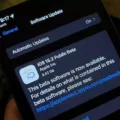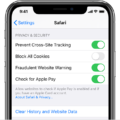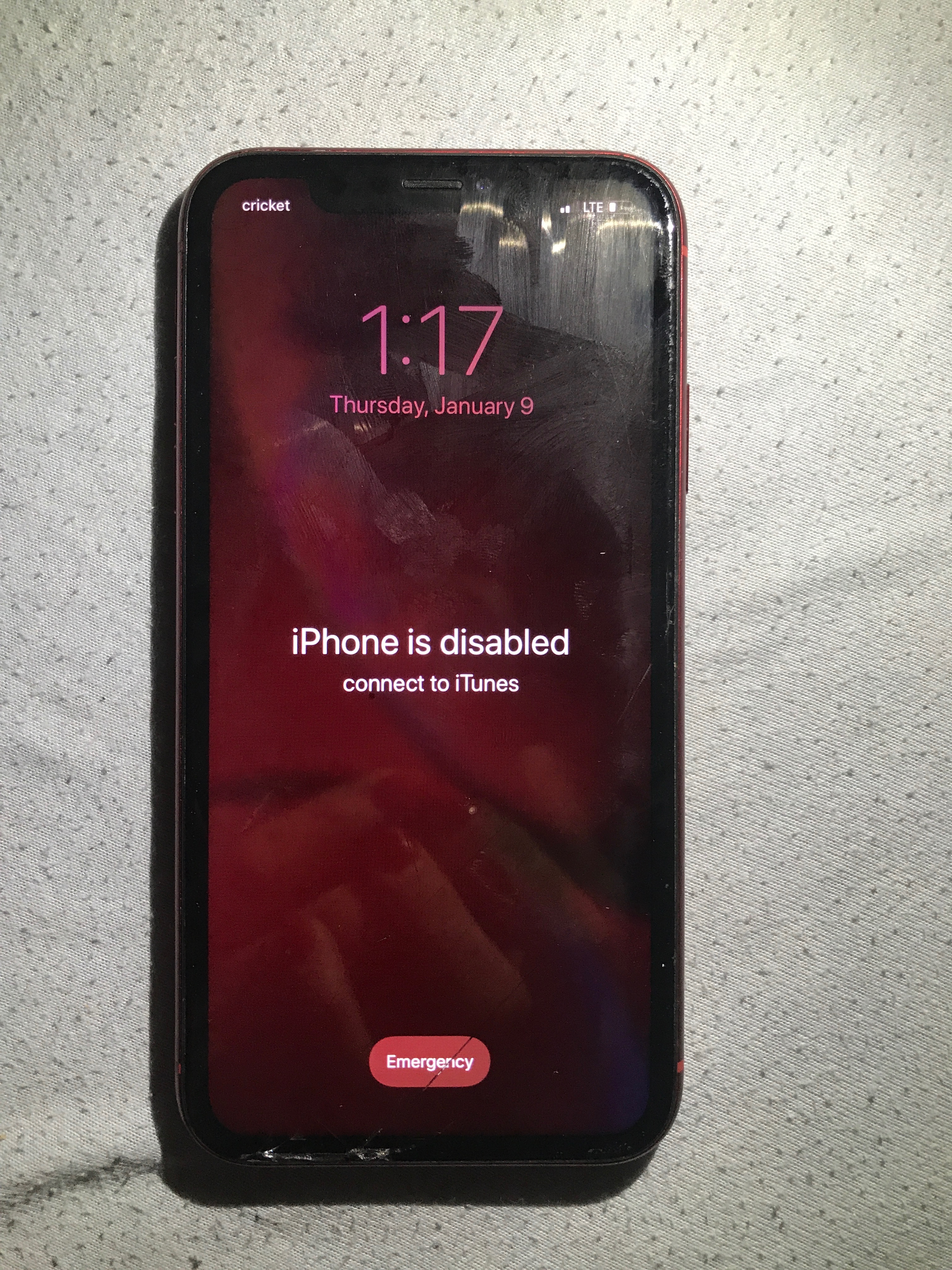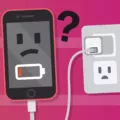With the release of iOS 15, many iPhone users are excited to try out the new features and improvements. However, some users have encountered storage issues, where their devices show that the storage is almost full, even though they have not installed many apps or stored a lot of data. This can be frustrating, but fortunately, there are several methods to resolve this problem. In this article, we will explore these methods and help you free up storage space on your iPhone running iOS 15.
Method 1: Force Restart the iPhone
One of the first steps you can take to resolve the storage issue is to force restart your iPhone. This can help clear out any temporary files or processes that may be causing the storage to fill up unnecessarily. To force restart your iPhone, follow these steps:
1. For iPhone X or later models: Press and quickly release the volume up button, then press and quickly release the volume down button. press and hold the side button until the Apple logo appears.
2. For iPhone 8 or earlier models: Press and hold the power button (side or top button) until the slider appears. Drag the slider to turn off your device. After a few seconds, press and hold the power button again until the Apple logo appears.
Method 2: Factory Reset iPhone
If the force restart did not resolve the storage issue, you may need to consider a factory reset. This will erase all data and settings on your iPhone, so it is important to back up your device before proceeding. To factory reset your iPhone, follow these steps:
1. Go to Settings on your iPhone.
2. Tap General, then scroll down and tap Reset.
3. Select Erase All Content and Settings.
4. Enter your passcode when prompted and confirm the reset.
5. Your iPhone will restart and begin the reset process. Follow the on-screen instructions to set up your device as new or restore it from a backup.
Method 3: Put iPhone in DFU Mode
If the storage issue persists even after a factory reset, you can try putting your iPhone in DFU (Device Firmware Update) mode. This mode allows you to restore your iPhone to its original factory settings. Here’s how to put your iPhone in DFU mode:
1. Connect your iPhone to a computer using a Lightning cable.
2. Open iTunes (or Finder on macOS Catalina and later).
3. For iPhone 8 or later models: Press and quickly release the volume up button, then press and quickly release the volume down button. press and hold the side button until the screen goes black.
4. While holding the side button, press and hold the volume down button for 5 seconds. Then release the side button while continuing to hold the volume down button for another 10 seconds.
5. If the screen remains black, your iPhone is in DFU mode. Follow the prompts in iTunes or Finder to restore your device.
Other Common iOS 15 Issues:
Aside from storage problems, some iOS 15 users have reported Wi-Fi connectivity issues. These issues can manifest as slow network speeds or frequent disconnects. To troubleshoot Wi-Fi issues, you can try the following:
1. Restart your iPhone and router.
2. Forget the Wi-Fi network on your iPhone and reconnect.
3. Reset your network settings by going to Settings > General > Reset > Reset Network Settings.
4. Update your router’s firmware.
5. Contact your internet service provider for further assistance.
IOS 15 storage issues can be frustrating, but with the methods outlined in this article, you should be able to resolve them and free up storage space on your iPhone. Whether it’s force restarting, factory resetting, or putting your device in DFU mode, these steps can help alleviate storage problems. Additionally, if you’re experiencing Wi-Fi connectivity issues, troubleshooting steps such as restarting your iPhone and router, forgetting and reconnecting to the Wi-Fi network, and resetting network settings can often resolve the problem.
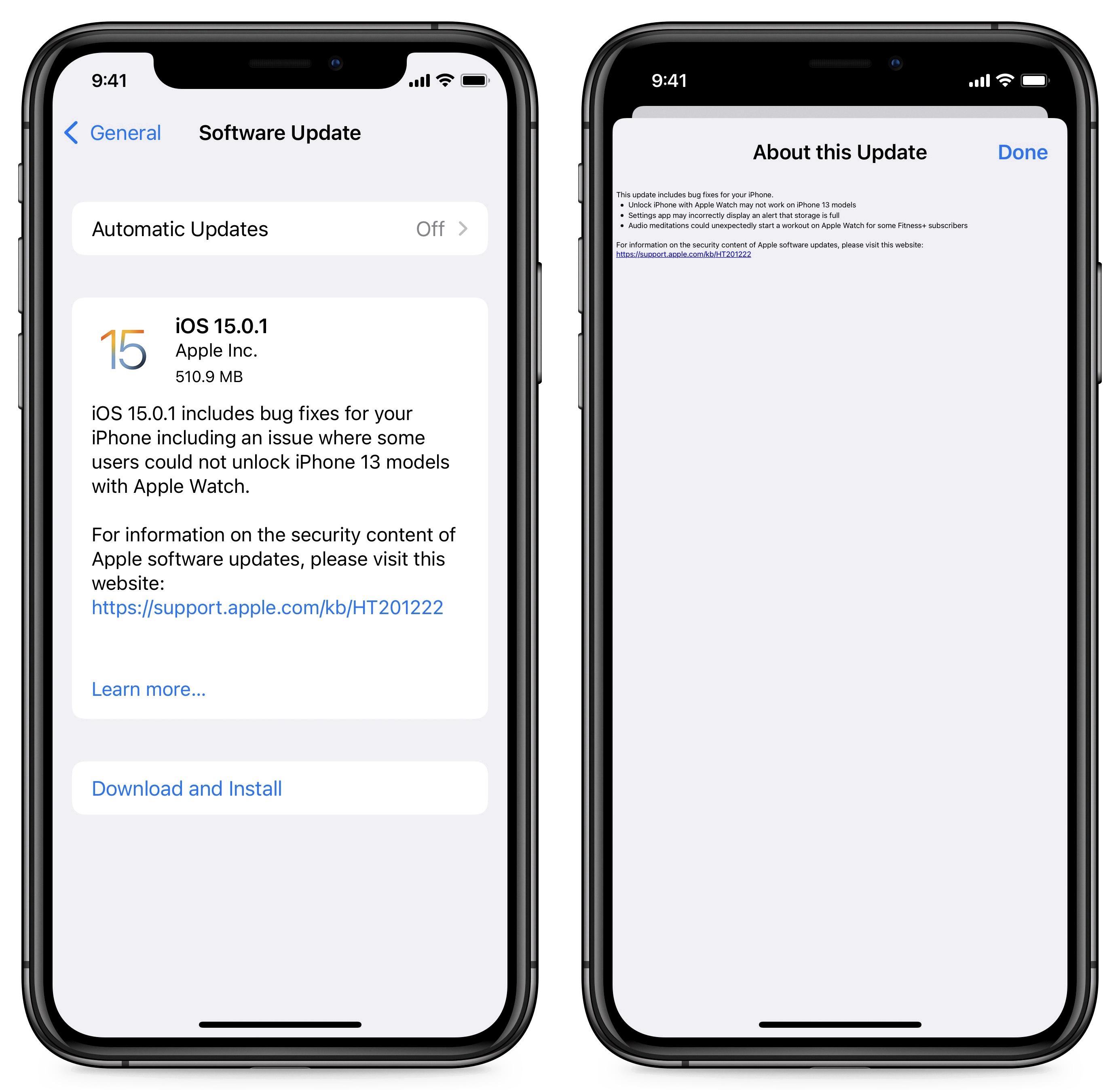
Why is iOS 15 Taking So Much Storage?
IOS 15 taking up a large amount of storage can be attributed to several factors. Here are some reasons why this might be happening:
1. Firmware File: When you update your device to a beta version of iOS, the firmware file might not be deleted from the device. This can result in the accumulation of unnecessary data, occupying a significant amount of storage.
2. App Caches: Over time, apps on your device accumulate caches, which are temporary files that help improve app performance. However, these caches can grow in size and take up valuable storage space. Clearing app caches can help free up storage.
3. System Files: iOS 15 introduces new features and improvements, which may require additional system files. These files can contribute to the increased storage usage. Unfortunately, most system files cannot be directly accessed or deleted by the user.
4. Photos and Videos: The storage consumption of photos and videos can be significant, especially if you capture a large number of high-resolution images or record videos in 4K. These files can quickly add up and occupy a considerable amount of storage space.
5. Messages and Attachments: Messages and their attachments, including photos, videos, and documents, can also consume a significant portion of storage. If you have a history of extensive conversations with media-rich content, it can contribute to the overall storage usage.
To deal with the issue of iOS 15 taking up excessive storage, you can take the following steps:
– Delete unnecessary apps, photos, and videos to free up space.
– Clear app caches through the Settings app or directly within individual apps.
– Regularly delete old messages and their attachments.
– Optimize your photo and video settings, such as enabling iCloud Photos or using lower resolution options.
– Check for any large files or downloads that can be removed.
– Restart your device regularly to clear temporary files and optimize storage usage.
It is important to note that the storage capacity of your device is fixed, and as newer iOS versions and apps introduce more features and enhancements, the storage usage may continue to increase. Therefore, managing storage regularly is crucial to ensure optimal device performance.
Does Updating iOS 15 Take Up Storage?
Updating to iOS 15 does take up storage on your device. The amount of storage required for the update can vary depending on the device you are using and the current version of iOS installed on it.
When you update your device’s operating system to iOS 15, the update file needs to be downloaded and installed. This update file contains all the necessary files and improvements that come with iOS 15, including bug fixes, security enhancements, and new features.
The size of the iOS 15 update file can vary, but it is generally several gigabytes in size. This means that you will need to have enough free storage space on your device to accommodate the update. If you don’t have enough free space, you may need to delete some files or apps to make room for the update.
It’s worth noting that after the update is installed, the operating system itself may take up slightly more storage space than the previous version. This is because iOS 15 may include additional features and improvements, which can result in a slightly larger system footprint.
To check how much storage space the iOS 15 update will require on your specific device, you can go to the Settings app, then tap on General, and select Software Update. Here, you will see the size of the update file and the amount of free space available on your device.
Updating to iOS 15 will require some storage space on your device. The size of the update file can vary, and you may need to free up space if you don’t have enough available.
Are There Problems With iOS 15 iPhone?
There have been reports of various issues with iOS 15 on iPhones. Some common problems that users have mentioned include:
1. Battery Drain: Some users have complained about faster battery drain after updating to iOS 15. This means that their iPhone’s battery is depleting at a quicker rate than before.
2. Performance Issues: A few users have experienced performance issues such as lagging or slow response times when using certain apps or navigating through the operating system.
3. Wi-Fi Connectivity Problems: Many iOS 15 users have also talked online about having Wi-Fi connectivity issues. These issues can include things like slow network speeds or frequent disconnects.
4. App Compatibility: Some users have reported issues with certain apps not working properly or crashing frequently after updating to iOS 15. This can be particularly frustrating if the affected apps are essential for daily use.
5. Bluetooth Connectivity: A few iPhone users have mentioned problems with Bluetooth connectivity after updating to iOS 15. This can result in issues with connecting to audio devices, car systems, or other Bluetooth-enabled accessories.
6. UI/Visual Glitches: Some users have noticed graphical glitches or visual inconsistencies in the user interface after updating to iOS 15. These issues can range from minor annoyances to more significant display problems.
To address these issues, Apple regularly releases software updates that aim to fix bugs and improve stability. It is recommended to keep your iPhone updated with the latest iOS version, as these updates often include bug fixes for known issues.
If you are experiencing problems with iOS 15, here are some general troubleshooting steps you can try:
– Restarting your iPhone: This simple step can often resolve minor software glitches and connectivity issues.
– Resetting network settings: Go to Settings > General > Reset > Reset Network Settings. This will remove saved Wi-Fi networks and Bluetooth connections, so you’ll need to reconnect afterward.
– Updating apps: Check the App Store for updates to your installed apps. Developers often release app updates to address compatibility issues with new iOS versions.
– Resetting all settings: If the issues persist, you can try resetting all settings on your iPhone. Go to Settings > General > Reset > Reset All Settings. Note that this will not delete any data on your device, but it will reset your preferences and settings.
If none of these steps resolve the issues you are experiencing, it is recommended to contact Apple Support for further assistance or visit an authorized service center.
Conclusion
IOS 15 has been reported to have some storage issues that can lead to your iPhone storage almost being full. This can be caused by various factors such as leftover firmware files from beta versions of iOS or an excessive amount of space taken up by the operating system itself.
To resolve these storage issues, there are several methods you can try. One option is to force restart your iPhone, which can help clear any temporary glitches or errors that may be causing the storage problem. Another option is to factory reset your iPhone, but be sure to back up your important data before doing so.
If the issue persists, you can try putting your iPhone in DFU Mode, which allows for a deeper level of system restoration. This method should only be used as a last resort, as it can potentially erase all data on your device.
It’s also worth noting that iOS 15 users have reported Wi-Fi connectivity issues, such as slow network speeds or frequent disconnects. In these cases, restarting your iPhone can often help resolve the problem.
If you’re experiencing storage or Wi-Fi issues on iOS 15, it’s recommended to try the aforementioned methods to troubleshoot and resolve the problems. If the issues persist or worsen, it may be best to reach out to Apple support for further assistance.

